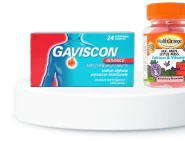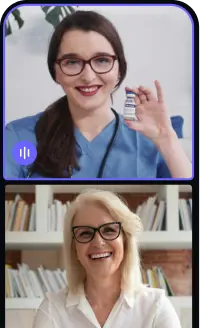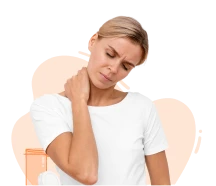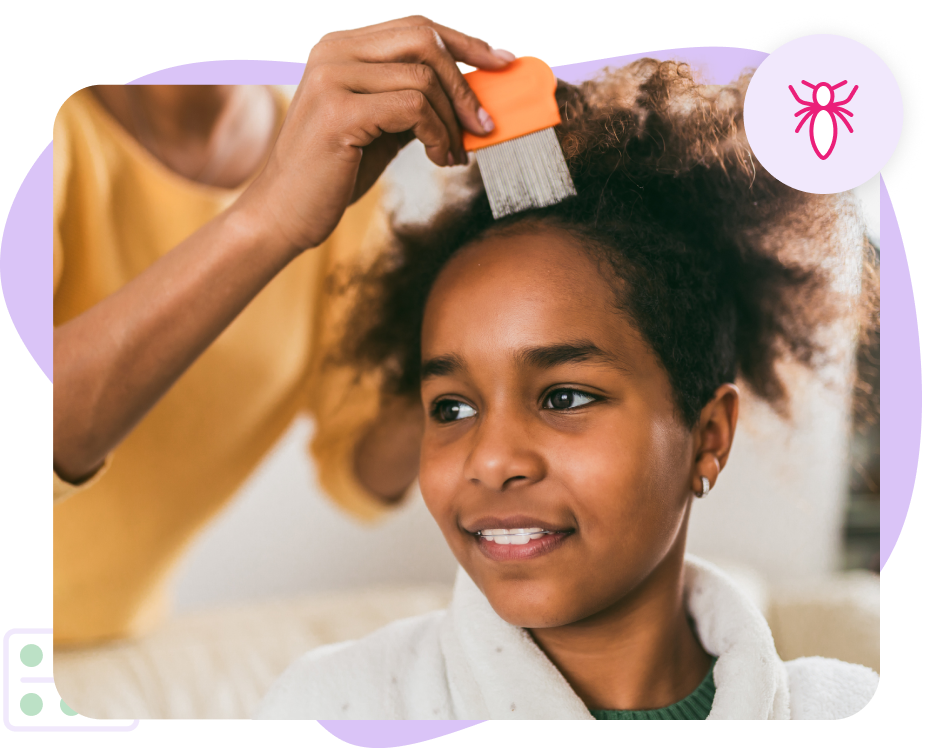Overview
Head lice are tiny, wingless insects (Pediculus humanus capitis) that feed on blood from the scalp and cause itching. Nits are the eggs adult lice lay that firmly attach to hair shafts. Head lice spreads through direct contact from one the hair of one person to another. Prompt identification and treatment are crucial to help prevent its spread.
Head lice can affect anyone but it most often affects children who pick them up via head-to-head contact at school during play or at sleepovers. They can then quickly spread to the rest of the family at home via shared personal items such as combs, brushes, hats, or headphones.
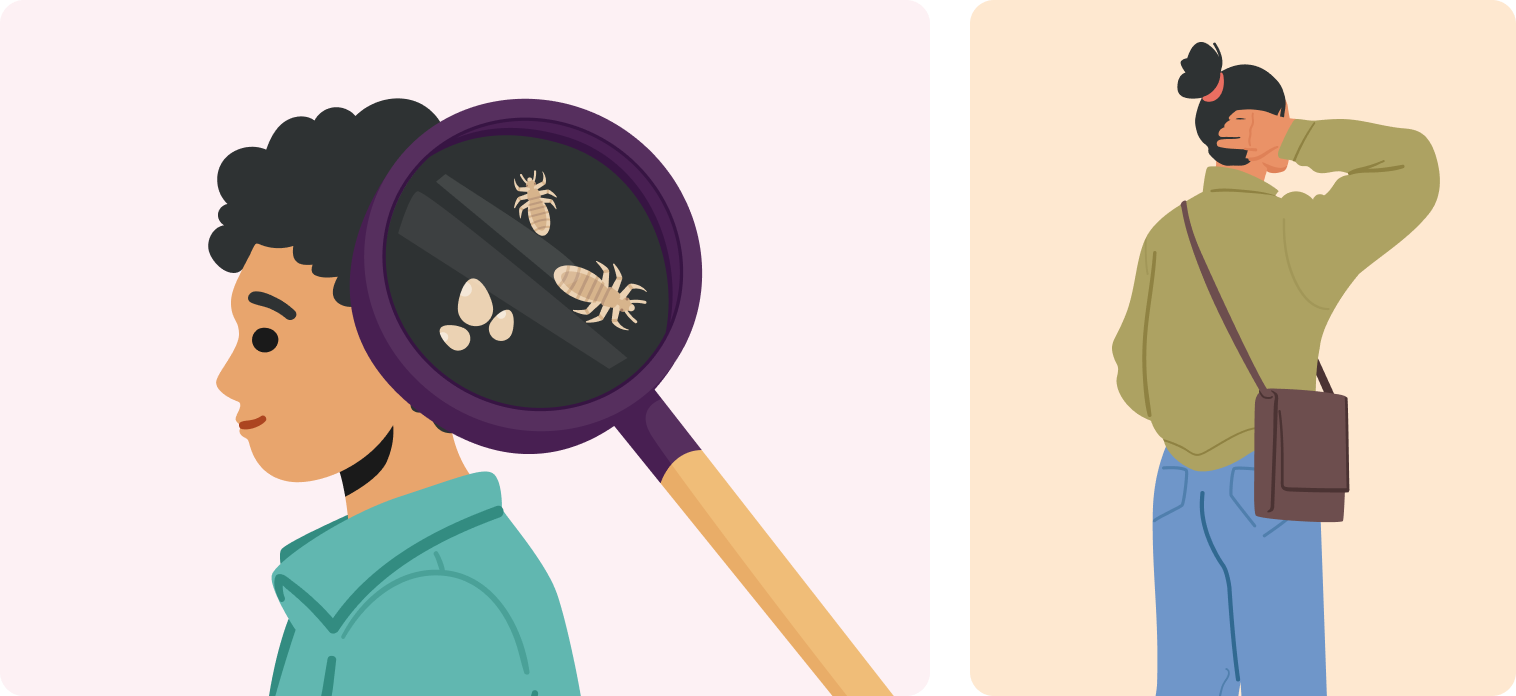
Symptoms
The most notable sign of head lice is persistent itching that is particularly intense behind the ears and at the nape of the neck, where they tend to lay their eggs. Other symptoms include red bumps on the scalp, neck and shoulders. You may also have the sensation that something is moving in your hair.
Once you notice these symptoms you should look for lice and nits in your hair, close to the scalp—though you can also find them in the eyebrows and eyelashes. Use a special fine-toothed comb to check for them. This ‘detection combing’ tends to work better on wet hair.
What do lice and nits look like?
Lice adults are tan or grey and about the size of a sesame seed. Nits (lice eggs) are oval and yellow or brown. You can usually find them around the hair shaft. Once the eggs hatch, they leave behind a white casing which you might confuse for dandruff and vice versa.
Causes
The primary cause of head lice infestation is person-to-person transmission. They cannot fly, jump or swim, so they have to crawl from the hair of an infected person to the hair of an uninfected person, usually through direct head-to-head contact.
Contrary to popular belief, head lice is not a sign of poor hygiene. They can survive on clean hair just as well as on dirty hair.
How long to lice live?
Once on the scalp, adults lay eggs (nits) close to the hair shafts. These nits hatch into nymphs (young lice), that eventually mature into adult, continuing the life cycle which lasts from 30 to 35 days on a human host. Without a host, they will not live more than 24 hours.
Treatments
Wet combing
Use a fine tooth comb through we hair for 10 to 30 minutes depending on the length and type of hair. Do this every 4 days for a couple of weeks.
Medication
Lotions and sprays can be used to physically coat and suffocate head lice and their eggs. They should die within a day, but you should repeat the process after one week.
FAQ
Can lice be spread by pets?
No, they cannot be caught or spread by animals.
Does getting lice mean I have bad hygiene?
No, they do not care if hair is clean or dirty.
Is head lice preventable?
There is not much you can do to prevent head lice. The best you can do is avoid direct head-to-head contact with someone who is infected, and try to reduce indirect contact—sharing hats, head gear, etc.





